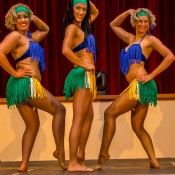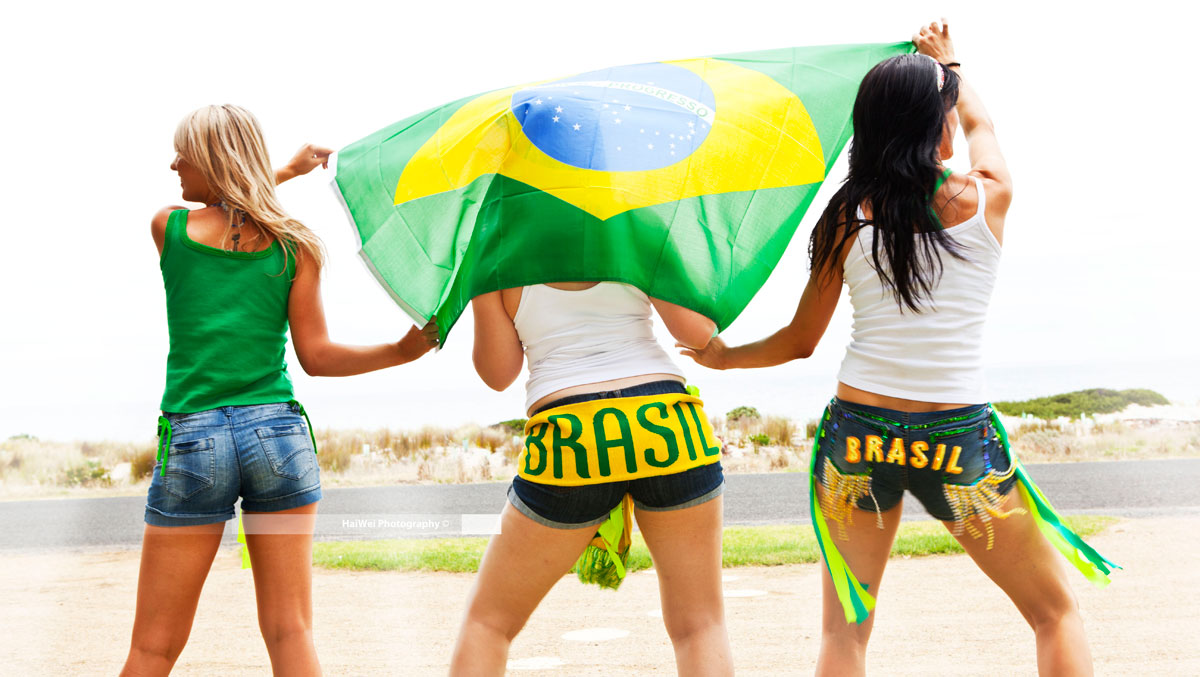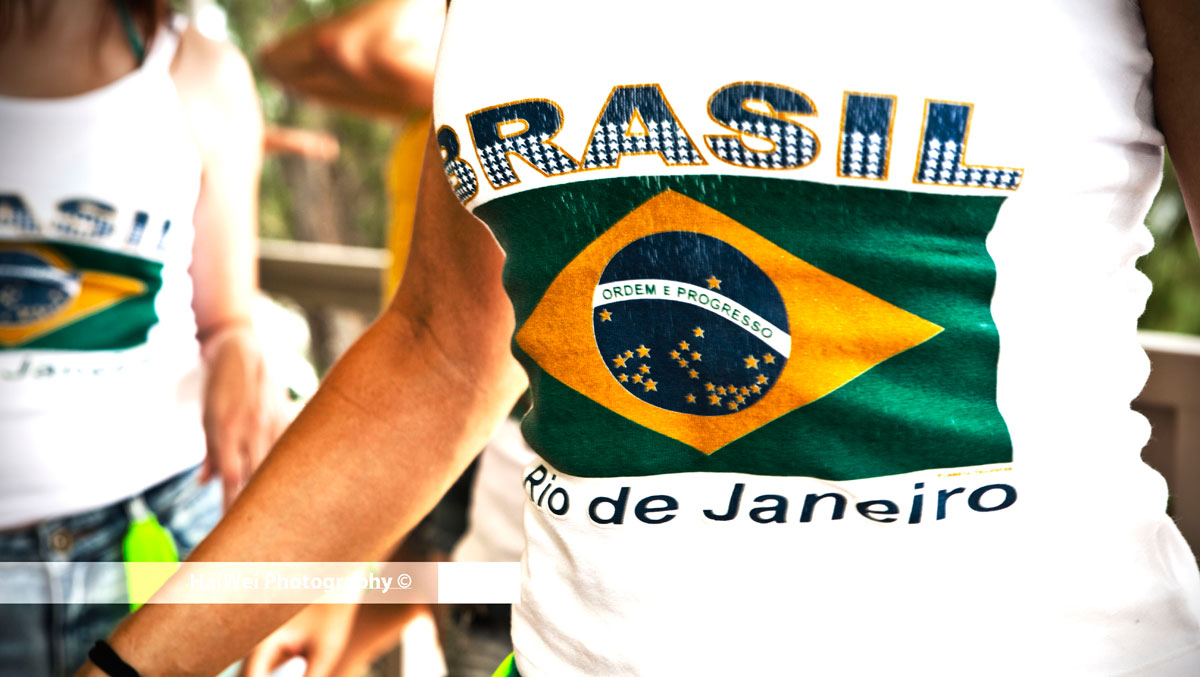
Axé (Ash-eh – ‘e’ as in bed) is a popular music genre originating in Salvador, Bahia, Brazil approximately in 1986, fusing different Afro-Caribbean genres, such as Marcha, Reggae, and Calypso. It also includes influences of Afro-Brazilian music such as Frevo, Forró and Carixada. The most important creator of this music style was Alfredo Moura, conducting Carlinhos Brown, Luiz Caldas, Sarajane and others. The word “axé” comes from a Yoruba religious greeting used in the Candomblé and Umbanda religions that means “soul”, “light”, “spirit” or “good vibration”.
The style Axé is a solo dance that started in 1992 during the Brazilian Carnaval season in Bahia when the Axé rhythm replaced the Lambada. The dance is completely choreographed and the movements tend to mimic the lyrics. It’s a very energetic kind of dance that mixes elements of Samba no pé and aerobics and because of the lyrics, which are made for entertainment, the dance generally has some sort of ludic element.
Several Axé music groups such as “É o Tchan” have as part of their marketing strategy to always release a choreography together with every one of their songs; therefore, Axé is an ever-changing kind of dance with no commitment to maintaining any formal set of steps or routines (there’s actually no such a thing as a basic step in Axé).




